WEAA history | Woman’s Educational Aid Association
A Brief History
For nearly 150 years the histories of the Woman’s Educational Aid Association, Northwestern University, and the progression of women as scholars and leaders at the University have been intertwined. Throughout the years, the WEAA has kept unwavering focus on its mission: providing financial and other assistance that enables young women at Northwestern to achieve their educational goals.
-
1871-1900…The WEAA Emerges
The WEAA began as a subcommittee of the Women’s Educational Association, formed in 1871 to “…help promote the higher education of deserving students at the Evanston College for Ladies…..” Frances Willard, a prominent feminist at the time, was president of ECL and a member of the WEAA board.
A year later, the organization purchased a home for the scholars and called it “College Cottage.” The home operated as a self-governing cooperative, a system that remained in place until 1968.
When Northwestern University became coeducational in 1873, the Educational Association ceased to exist but its Aid Fund Committee was still needed and assumed the name “Woman’s Educational Aid Association.” Like its predecessor, its purpose was to help young women with the cost of college room and board.
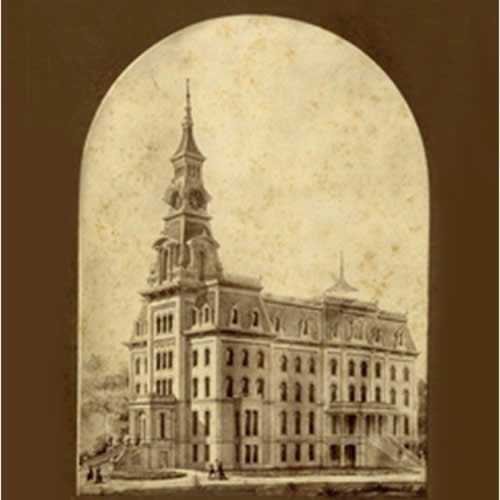
-
1901-1920…Housing and assistance expand
In 1901 the College Cottage was renamed Pearsons Hall, in honor of Hannah (Mrs. John A) Pearsons, a charter member of the board.
By 1904, more than 1400 young women had been housed at College Cottage/Pearsons. So that more scholars could be housed, Dr. D.K. Pearsons offered to build an additional dormitory, to be named Chapin Hall, in honor of his sister-in-law, Miss Julia A. Chapin, on the condition that the University provide the land while operation of the Hall would be vested in the WEAA.
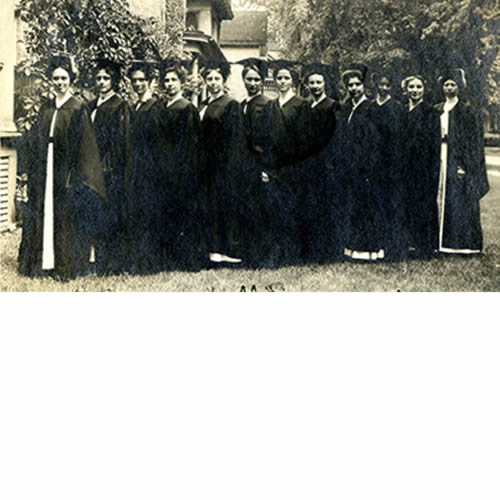
-
1921-1940…The WEAA innovates and regroups
The WEAA, its board and scholars continued as forward thinkers. In 1922, the WEAA board recommended that university trustees hire a woman physician to care for the health care needs of women students.
During this same period, the women of Chapin and Pearsons Halls adopted a form of hall government several years before the university gave its blessing to student self-government.
But The Depression pressed hard on the WEAA. One of its investments stopped paying dividends, some residents were unable to pay their board, and the number of residents declined.
By 1933 total occupancy at the two halls dropped to 65 students and in July the WEAA decided to close Pearsons Hall. Two years later the building was sold to Northwestern University and the proceeds were used to remodel Chapin Hall.
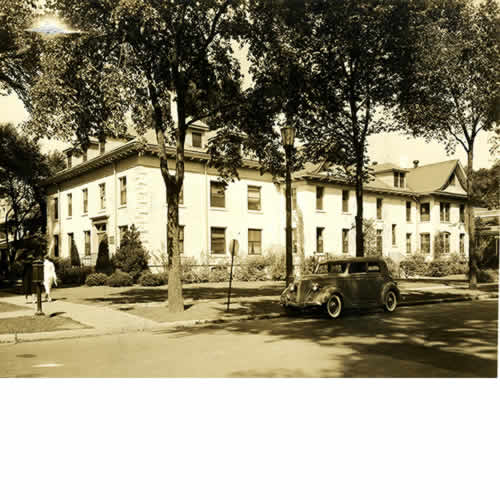
-
1941-1960…An era of campus-wide leadership begins
WEAA scholars and board members contributed to the war effort in the 1940s, with Chapin Hall residents leading the campus in contributions to the Red Cross, and also taking part in USO shows at Fort Sheridan.
At the same time, Chapin Hall residents earned campus-wide recognition. In 1943, a Chapin resident was elected student government head. Forty-eight Chapin women belonged to professional and honorary sororities and 31 residents held university scholarships.
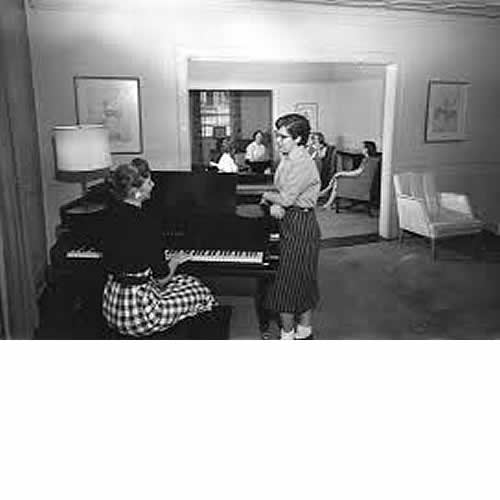
-
1960s to present…Unafraid to challenge, open to change
Chapin women continued a legacy of scholarship and leadership. In the turmoil of the Vietnam War, Chapin women advocated for student rights, especially for women. Advocacy led to change, and with those changes came a reassessment of Chapin Hall operations.
Ultimately, in 1967, the WEAA board negotiated with the University to transfer management of Chapin Hall to Northwestern, which operated it as a women’s residence hall until 1979, when it became the Humanities Residential College. The WEAA commitment to its mission continues to this day: supporting the educational goals of women students at Northwestern by providing needed financial assistance within a friendly, supportive environment.
Memories of Chapin Hall
The Archive Committee has been working with our NU student photographer, Ava Mandoli, to conduct and produce video interviews of current and past board members who lived in Chapin Hall. Five interviews have been completed: Helen Gagel, Carolyn Utech, Agnes Roach, and Marjorie Passini, Ph.D.; Marti Bjornson, who did not live in Chapin Hall, was also interviewed.
The video interviewing started with our Chapin Hall members, but will include other board members. Our second group of interviewees will include current and past board officers followed by a third group for all remaining members.
Our first video is Carolyn Lorenz Utech.
We will post others as they become available.
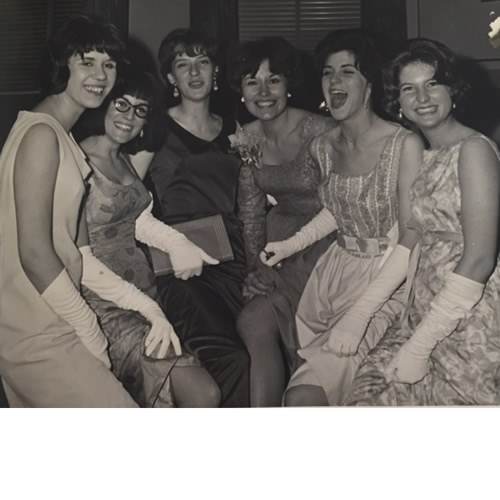
-
